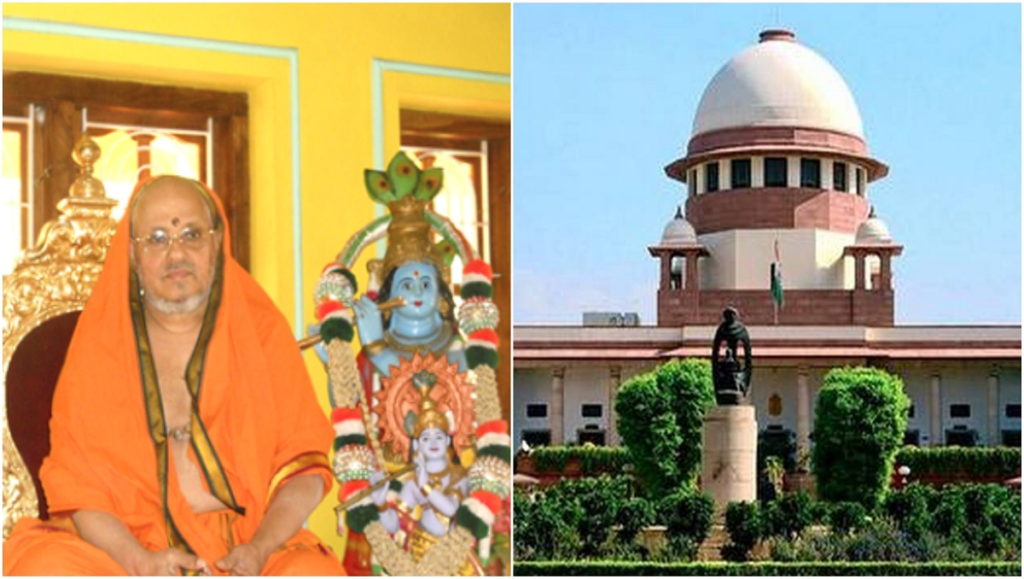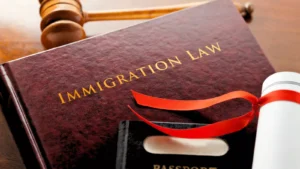At SMS Law College, we realise that many students don’t fully comprehend the importance of history for law students. Hence, we decided to write this blog about it.
We will discuss how legal history provides invaluable insights into the evolution of laws, and why having a profound historical context in law is such a crucial part of comprehensive legal education. Integrating History and Legal Studies gives us a better grasp of contemporary legal systems.
If we go beyond academics, the benefits of studying history for law students help us develop our critical thinking and informed decision-making skills which are essential for any aspiring legal professional.
The Importance of History for Law Students

You must first understand the importance of history for law students to grasp the intricacies of the Indian legal system well enough. When you know the legal history of how laws have evolved over time and understand the historical context of law, you will be able to appreciate the legal principles and their applications in modern society better. It will help in improving your analytical skills as a budding lawyer.
Here are some of the most glorious examples of historical events that have shaped legal principles in India:
- The Indian Penal Code (1860): Formulated during the British colonial period, it is still the foundation of criminal law in India.
- The Constitution of India (1950): Rooted in the Indian independence movement, our constitution embodies principles of justice, liberty, and equality and was written to give India a new surge of life.
- The Hindu Marriage Act (1955): It reflects changes in societal norms and reformed Hindu personal law in India. It legalised inter-caste marriage and divorce for Hindus and also addressed issues like polygamy and child marriage.
- The Emergency (1975-1977): During the Emergency, several controversial laws were enacted, including the Maintenance of Internal Security Act (MISA) and amendments to the Constitution, which curtailed civil liberties and concentrated power in the hands of the government.
It also led to the 42nd Amendment, which aimed to reduce the power of the judiciary.
- The Shah Bano Case (1985): The Shah Bano case led to a legal battle over Muslim women’s rights to maintenance after divorce. It led to the controversial enactment of the Muslim Women (Protection of Rights on Divorce) Act, 1986, which overturned the Supreme Court’s ruling in favour of Shah Bano.
The Supreme Court had ruled that Muslim women could also get maintenance from their ex-husbands after divorce. However, the 1986 law limited this to the period of iddat (waiting period after divorce).
- The Bhopal Gas Tragedy (1984): Due to the Bhopal Gas Tragedy (a catastrophic gas leak from the Union Carbide India Limited pesticide plant in Bhopal, India which was considered one of the world’s worst industrial disasters and killed thousands of people), the Bhopal Gas Leak Disaster (Processing of Claims) Act was enacted in 1985 allowing the Indian government to represent all victims in legal proceedings.
It also led to the enactment of the Environment Protection Act of 1986 which strengthened environmental regulations in India.
- The Nirbhaya Case (2012): This case was about the brutal gang rape and murder of a young woman in Delhi. It led to widespread protests and demands for stricter laws against sexual violence, resulting in the enactment of the Criminal Law (Amendment) Act, 2013. This law expanded the definition of rape, increased penalties for sexual crimes, and created new offences like acid attacks and stalking.
One of the benefits of studying history for law students is that when you know legal precedents related to the law, your ability to interpret it within its historical framework increases.
Exploring Legal History

When we talk about legal history, we are actually talking about how laws have evolved and the influences that have shaped them over time. To understand the historical context in law, you need to study the development of legal principles on which it is based during various periods, including:
- Ancient India: where the Manusmriti and Arthashastra provided early legal frameworks.
- Colonial Period: as common law principles introduced under British rule still significantly impact Indian legal structures.
- Post-Independence: which encompasses ongoing legal evolution starting from the drafting of the Indian Constitution and various subsequent amendments.
We bring you some cases that illustrate the impact of historical legal decisions clearly:
- Keshavananda Bharati v. State of Kerala (1973): The Keshavananda Bharati case was a legal dispute between the head of a Hindu ashram (Keshavananda Bharati) and the state of Kerala over land reforms legislation that limited the ashram’s property rights.
It established the “Basic Structure Doctrine,” which prevents Parliament from amending core aspects of the Indian Constitution. This was a landmark judgment that limited the government’s power and protected fundamental rights. It impacted several subsequent interpretations and amendments of the Constitution later.
- Vishaka v. State of Rajasthan (1997): Bhanwari Devi, a social worker, was gang-raped for preventing child marriage. Since there were no existing laws for its redressal, the court laid down the Vishaka Guidelines addressing sexual harassment of women at the workplace based on international conventions and constitutional provisions.
The Vishaka case became a precedent for enacting the Sexual Harassment of Women at Workplace (Prevention, Prohibition, and Redressal) Act, 2013, thus influencing workplace safety for women across India.
- Naz Foundation v. Government of NCT of Delhi (2009): This landmark case in India where the Delhi High Court decriminalized consensual homosexual acts between adults by declaring Section 377 of the Indian Penal Code unconstitutional. This judgment expanded the scope of fundamental rights, particularly the right to privacy and dignity.
Although it was later overturned, this ruling sparked a crucial discussion on LGBTQ+ rights and set the stage for the eventual decriminalisation of homosexuality in India in 2018.
Conclusion
Studying legal history isn’t only about old books and dusty archives. It can be your key to becoming a successful advocate. Understanding the historical context in law equips you with the tools to interpret legal precedents and statutes with a nuanced perspective. The dynamic interplay between History and Legal Studies fuels your legal research, sharpens your argumentation, and paves the way for a successful career, whether in academia, the judiciary, or legal consultancy.
Once you understand the importance of history for law students, you will understand that it can help ameliorate your critical thinking and analytical skills – essential assets for navigating and shaping the ever-changing legal landscape.





